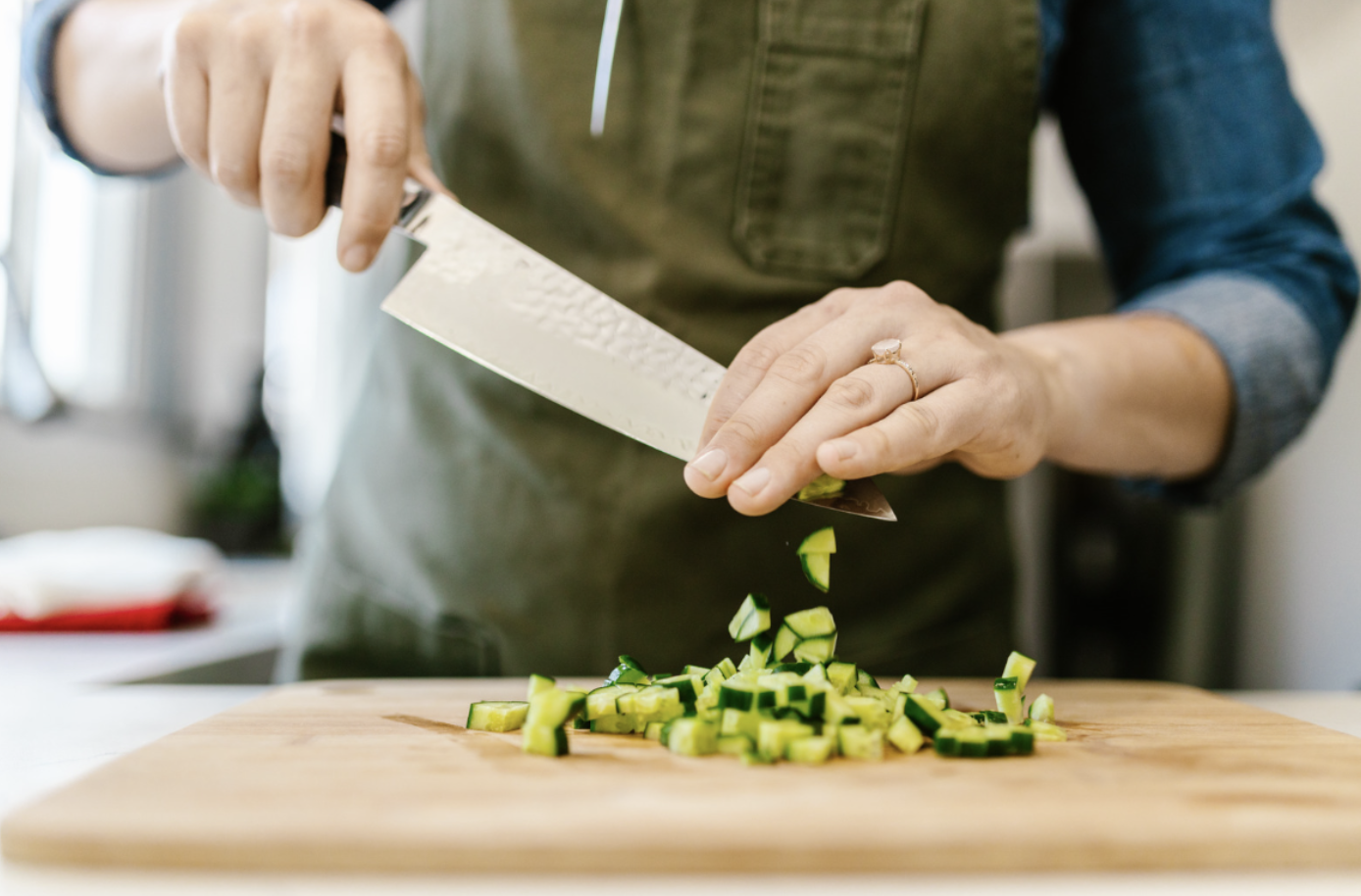How to Heal Knife Cut: Essential Tips for Barbecue Enthusiasts
Written By James Morgan
Barbecue enthusiasts are no strangers to the occasional knife mishap. Whether it's slicing through a juicy brisket or prepping vegetables for a mouth-watering grill, accidents can happen in the blink of an eye. Knowing how to heal a knife cut quickly and effectively is essential for anyone who spends a lot of time with sharp tools. In this comprehensive guide, we will dive deep into the steps you need to take to treat a knife cut, ensuring you're back to barbecuing in no time.

Immediate Steps After a Cut
The first few minutes after a knife cut are critical. Here's what you need to do immediately:
1. Stay Calm
Panic can make the situation worse. Take a deep breath and remain as calm as possible.
2. Wash Your Hands
Before touching anything, wash your hands thoroughly to prevent any further contamination of the wound.
3. Apply Pressure
Use a clean cloth or sterile bandage to apply pressure to the cut. This will help stop the bleeding.
For more detailed knife handling techniques, check out our article on cutting meat with a fork and knife.

Clean the Wound
Once the initial bleeding has stopped, it's important to clean the wound to prevent infection.
1. Use Clean Water
Rinse the cut with clean, running water. Avoid using harsh chemicals like hydrogen peroxide, which can damage the tissue.
2. Soap and Water
Gently wash around the cut with mild soap and water. Be careful not to scrub the wound itself.
For more on safe knife usage, read our guide on cutting vegetables quickly.

Apply an Antiseptic
After cleaning the wound, applying an antiseptic can help stave off infection.
1. Choose the Right Product
Look for an antiseptic cream or ointment. Products with an antibiotic component are generally a good choice.
2. Apply Gently
Dab a small amount of the antiseptic on the wound. Avoid rubbing it in, which can cause irritation.
For tips on honing your knife skills, don't miss our tutorial on sharpening your knife for cutting tomatoes.

Bandage the Wound
Once the wound is clean and treated, the next step is to bandage it appropriately.
1. Sterile Dressing
Use a sterile bandage or dressing to cover the cut. Make sure the dressing is large enough to cover the entire wound and stay secured.
2. Change Regularly
Change the bandage at least once a day, or whenever it becomes wet or dirty.
Watch for Signs of Infection
Its crucial to keep an eye on the cut for any signs of infection, which could indicate that medical attention is needed.
1. Redness and Swelling
Check for increasing redness or swelling around the cut.
2. Discharge
If you notice any yellow or green discharge, it could be a sign of infection.
3. Fever
A fever could indicate an infection is spreading. If you experience a fever, seek medical attention immediately.
For a deep dive into precise cutting techniques, browse through our Santoku knife guide.
When to Seek Medical Attention
While most knife cuts can be treated at home, there are certain circumstances where professional medical attention is warranted.
1. Deep Cuts
If the cut is deep or the bleeding doesnt stop, its time to see a doctor.
2. Numbness
Numbness in the area around the cut could indicate nerve damage.
3. Can't Clean Properly
If youre unable to clean the wound thoroughly, seek medical help to prevent infection.
Learn more about handling sharp kitchen tools safely from expert advice on injury care.
Prevention Tips
Preventing knife cuts is always better than treating them. Here are some tips to keep in mind:
1. Use the Right Knife
Ensure youre using the appropriate knife for the job. For example, use a meat knife for cutting meats and a vegetable knife for slicing veggies.
2. Keep Knives Sharp
A dull knife is more dangerous than a sharp one because it requires more force, increasing the likelihood of slips and cuts.
3. Proper Cutting Techniques
Use the correct cutting techniques to minimize the risk of accidents.
If you want to master cutting techniques, explore our post on cutting watermelon with a knife.
FAQ
1. What should I do if the bleeding doesn't stop?
Apply continuous pressure and if it doesn't stop after 15 minutes, seek medical attention.
2. Can I use household items to clean the wound?
Avoid household items like alcohol or vinegar. Stick to clean water and mild soap.
3. How long should I keep the wound covered?
Keep the wound covered until it has formed a scab and is no longer at risk of reopening.
Remember, safety first. Happy grilling!
As an Amazon Associate, I earn from qualifying purchases.
As an Amazon Associate, I earn from qualifying purchases.



